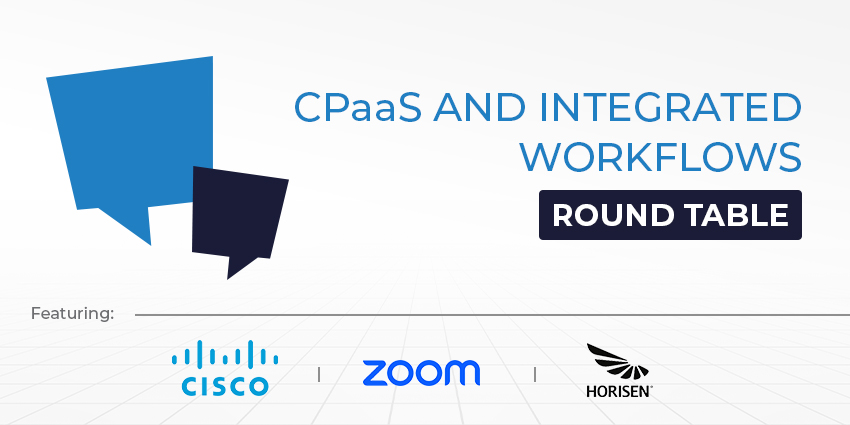As one of the biggest names in enterprise telecoms and software, Avaya needs little introduction. Having made its name in IP telephony, wireless comms and CRM software, IP Office is marketed as a straightforward, simple to deploy single platform for unified communications and collaboration.
Previously viewed as an SME product, IP Office 9.1 – the fourth release – is targeted at the mid-market, promising increased capacity, more collaboration options and, significantly, a new cloud and hosted offering.
We’re reviewing this release in 2017 because version 9 was a significant release for Avaya and there are still many customers out there with pre-version 9 software builds. So our intention isto bring you up to speed on release 9 and later release 10 (2016).
In this review, we will test out claims about the platform’s scalability and resilience. We will also look at improvements to its web collaboration, UC and video capabilities, and what support for full cloud deployment means for potential customers.
Before we continue, just a quick reminder that UC Today is completely independent and not involved in the sales of any product. Our reviews are intended solely to help readers make informed decisions about their purchases, by highlighting advantages and disadvantages honestly and objectively, and by making recommendations as to who we think would benefit most from the products we review.
How Does It Look?
IP Office R9.1 makes use of the Avaya One X Portal as its main desktop interface. The primary One X home display divides the screen into boxes acting as a nerve centre for monitoring and controlling various functions – calls, messages, conference scheduling, directory or hunts groups, depending.
Colours are a plain, professional grey, with branding and ornament kept to a minimum. Different categories can be accessed by clicking on each box like a tab. The overall look and feel is functional, harking back to the days of traditional desktop layouts, and with a nod to Microsoft Outlook, with which it shares a close affinity. By contrast, the Avaya Communicator softphone window, which acts as the main communications plug in, has more of a modern, mobile feel to it, with a straightforward list navigation, hidden menus, and discrete, nested windows opening only when different functions are activated.
What Can It Do?
IP Office 9.1 keeps previous Basic, Essential and Preferred editions, and adds two new top tier software versions – Server and Server Select. Server Select is the version loaded with features aimed at the mid-market, so that is where we will focus.
Server Select offers a significant upgrade on the number of endpoints supported compared to earlier versions. A single server offers capacity for up to 2500 users, up from 1000, and across a maximum of 150 sites, up from 32. That kind of scale may be billed as mid-market, but is starting to creep into the enterprise category.
Similarly, contact centre capacity has also more than doubled, from 100 when it was first introduced in IP Office 9.0, to 250 agents.
The web collaboration features allow users to access audio and video conferencing seamlessly, and there is also full support for desktop, application and document sharing, as well as whiteboarding.
All UC functions, including conferencing, are fully integrated with the Avaya Communicator softphone app, previously known as Flare. Communicator is fully compatible with Android and iOS devices, and remote users also benefit from improved mobile to VoIP integration, including call transfer and recording.
What do we like?
The conference scheduling feature is an extremely useful tool to have built into a collaboration platform. With calendar, scheduling and meetings views, it shares lots of familiar features with Microsoft Outlook’s Calendar – indeed, it syncs fully with Outlook. This means, rather than having to go back and open Outlook to check your schedule or set up a meeting, you can do everything in one place as you work and collaborate in IP Office.
Support for cloud deployment is also a very powerful feature. It gives customers the option of running IP Office Server either on premises, as a hosted service, or a hybrid of both. This gives businesses even more scope for reducing costs from a product which already gives good value for money.
What could be improved?
File sharing is limited to files of 6MB or under, and only supports PDF, JPEG and PNG file types. This puts IP Office 9.1 at a disadvantage to collaboration platforms like SharePoint, and limits just how far organisations can go promoting a Work from Anywhere culture.
Who will get the most from Avaya IP Office 9.1?
With the Server and Server Select Editions, IP Office 9.1 is a very flexible platform suitable for everyone from very small businesses right up into the mid-market. With improvements to the web collaboration features and a full range of UC functions, the Server edition offers fantastic value to SME buyers – more or less full enterprise level integrated collaboration and communications with more than enough capacity for small and medium sized businesses. With its expanded scalability, IP Office 9.1 Server Select is a solid option for mid-market companies looking to deploy over multiple sites. The fact that it can handle up to 150 sites from a single server is impressive, and the improved contact centre capabilities will also appeal to businesses handling moderate volumes of incoming calls.
Summary
IP Office R9.1 is a collaboration and UC platform for small to mid-market sized businesses with strong elements of enterprise class performance. The market is awash with server and software solutions that blend shared working features with communications capabilities, but you would be hard pressed to find one with the comprehensive set of features IP Office R9.1 offers at such good value.
What it is particularly good at is combining IP PBX and contact centre features – IP Office was originally developed as IP PBX software – with the other UC and collaboration features. Having a display for call monitoring and hunts groups right there in the main home screen alongside messages, conference scheduling, plus one touch access to the Communicator app, puts all the communications tools required by a mid-market business in one place.
Why not let us know what you think – if you have used IP Office R9.1, what did you like about it or otherwise? How do you think it shapes up to one of its competitors, such as ShoreTel Connect or Cisco Business Edition 6000? Add your comments below, and invite others to join in the conversation by sharing this article with your friends and colleagues.







